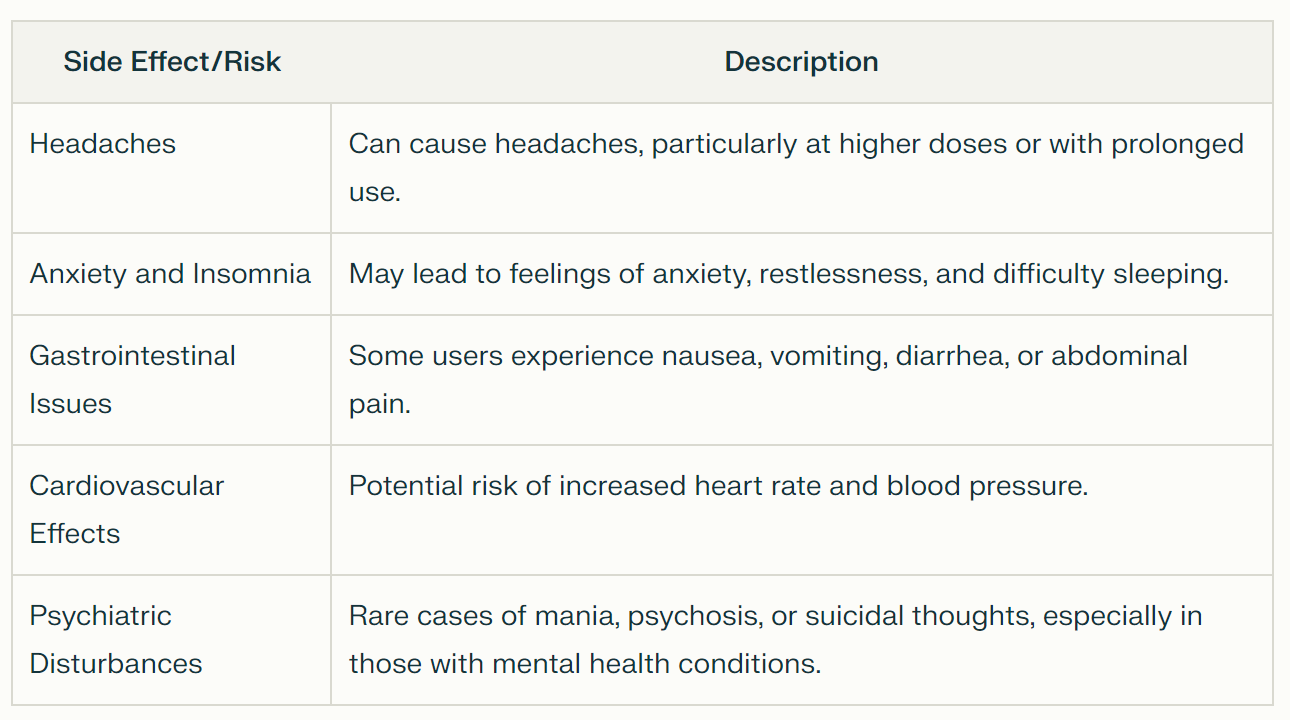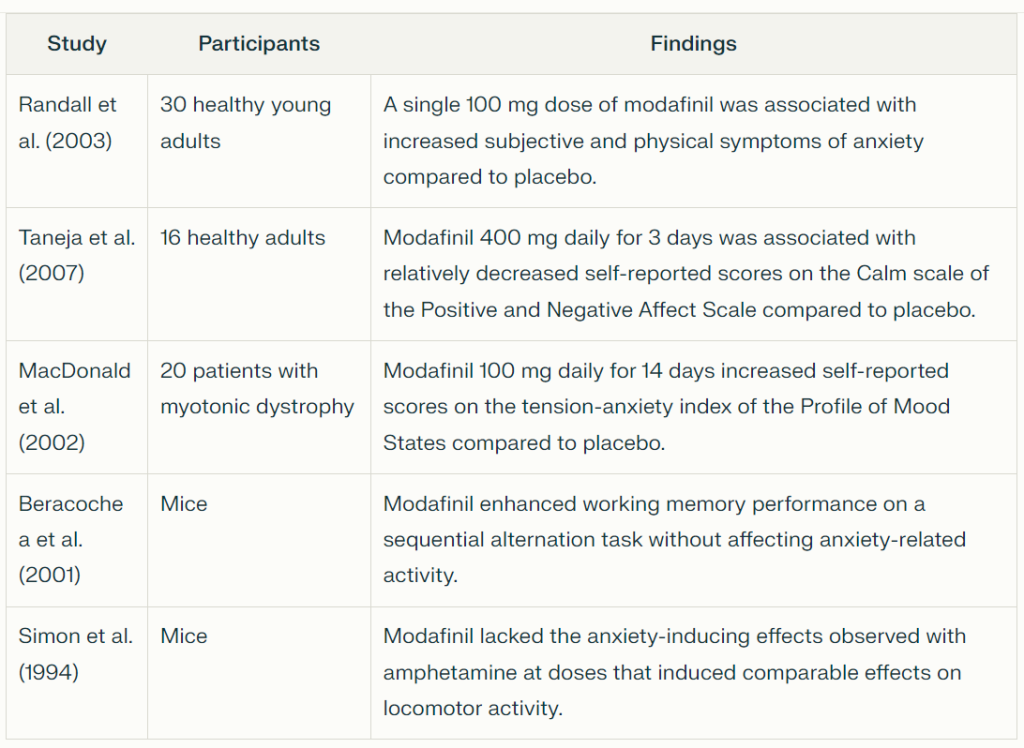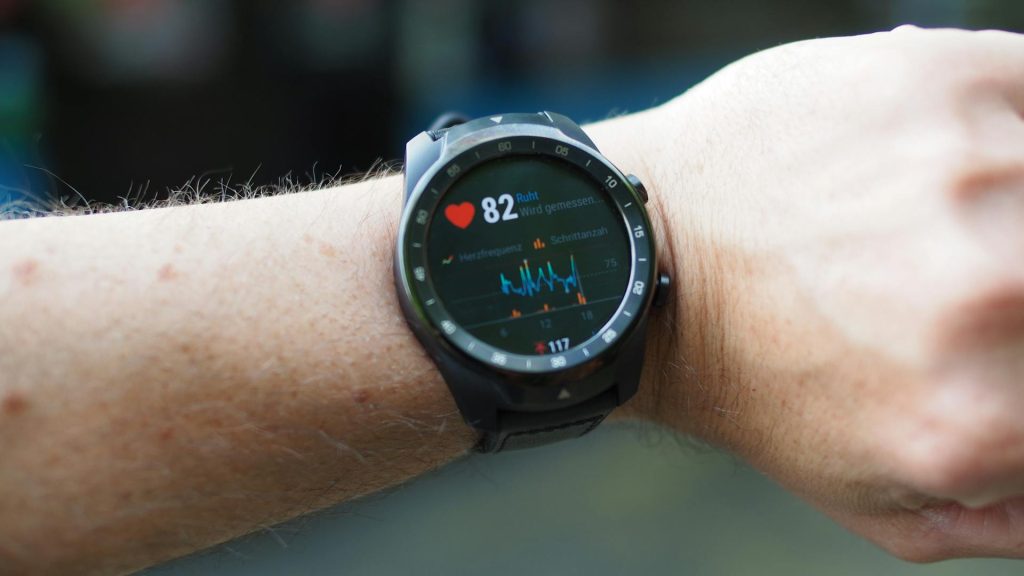
Nootropics for Focus: Finding the Sweet Spot Between Stimulation and Balance
Nootropics for Focus: Finding the Sweet Spot Between Stimulation and Balance
In our fast-paced world, the desire for enhanced focus and mental clarity has led many to explore nootropics for focus – substances that can boost cognitive function. But not everyone wants the jittery, intense effects of strong stimulants. Let’s dive into some nootropics that can increase focus and provide mild stimulation without going overboard.
Caffeine + L-Theanine: The Classic Combo
Caffeine is the world’s most popular stimulant, and for good reason. It boosts alertness, improves reaction time, and enhances mood[1]. However, caffeine alone can sometimes cause anxiety or jitters. Enter L-theanine, an amino acid found in tea leaves.
When combined, caffeine and L-theanine create a synergistic effect that provides clean, focused energy without the harsh edge of caffeine alone. L-theanine promotes alpha brain waves associated with relaxed alertness, effectively taking the edge off caffeine’s stimulating effects[1].
Optimal dosage:
– Caffeine: 50-200mg
– L-theanine: 100-200mg (typically in a 1:2 ratio with caffeine)
Many users report improved concentration, reduced anxiety, and a smoother energy curve compared to caffeine by itself.
Citicoline: Brain Energy Booster
Citicoline, also known as CDP-choline, is a naturally occurring brain chemical that plays a vital role in cognition. As a supplement, it can enhance focus, attention, and mental energy[1].
Citicoline works by:
– Increasing acetylcholine levels, a neurotransmitter crucial for learning and memory
– Boosting dopamine, which improves motivation and focus
– Supporting the formation of brain cell membranes
Studies have shown citicoline can improve attention and mental performance, particularly in tasks requiring sustained attention[1].
Recommended dosage: 250-500mg per day
Nootropics for focus:
N-Acetyl L-Tyrosine (NALT): Stress-Busting Focus Enhancer
NALT is an amino acid that serves as a precursor to dopamine and norepinephrine, neurotransmitters associated with focus, motivation, and cognitive performance. It’s particularly effective during high-stress situations or when multitasking[1].
Research suggests NALT can:
– Improve cognitive performance during demanding tasks
– Enhance mental performance in stressful environments
– Support brain function during sleep deprivation
Typical dosage: 300-1000mg per day
Rhodiola Rosea: Adaptogen for Focus and Stamina
Rhodiola rosea is an herb that’s been used for centuries in traditional medicine. As an adaptogen, it helps the body resist stress and maintain balance. For cognitive enhancement, Rhodiola can provide a gentle stimulating effect while also reducing fatigue[2].
Studies have shown Rhodiola can:
– Decrease mental fatigue
– Improve performance on cognitive tasks
– Enhance mood and reduce stress-related symptoms
Recommended dosage: 200-600mg per day of a standardized extract
Bacopa Monnieri: Long-Term Focus and Memory Enhancer
While not immediately stimulating, Bacopa monnieri is worth mentioning for its long-term benefits on focus and memory. This herb has been used in Ayurvedic medicine for centuries and has shown promising results in modern studies[2].
Bacopa works by:
– Enhancing neurotransmitter function
– Protecting neurons from oxidative stress
– Improving blood flow to the brain
Research indicates that Bacopa can improve memory formation and recall, as well as enhance focus and attention over time[2].
Typical dosage: 300-600mg daily of extract standardized to 50% bacosides
Pine Bark Extract: Antioxidant Focus Booster
Pine bark extract, often sold as Pycnogenol, is rich in antioxidants called proanthocyanidins. These compounds can improve blood flow to the brain and enhance cognitive function[1].
Studies have shown pine bark extract may:
– Improve attention and mental performance
– Enhance working memory
– Reduce oxidative stress in the brain
Recommended dosage: 100-200mg per day
Comparing Nootropic Effects
To help visualize the relative effects of these nootropics, here’s a comparison table:

Stacking for Synergy
Many nootropic enthusiasts combine multiple substances to create “stacks” that provide complementary benefits. Here’s an example of a balanced focus stack:
– Caffeine (100mg) + L-Theanine (200mg)
– Citicoline (250mg)
– NALT (300mg)
– Rhodiola Rosea (200mg)
This combination provides a mix of quick-acting and longer-lasting focus enhancers, balancing stimulation with stress reduction and neuroprotection.
Safety and Considerations
While these nootropics are generally considered safe for most people, it’s crucial to keep a few things in mind:
1. Start with lower doses and gradually increase to assess your tolerance.
2. Be aware of potential interactions with medications or health conditions.
3. Cycle your use of nootropics to prevent tolerance buildup.
4. Remember that nootropics are supplements, not substitutes for a healthy lifestyle.
Always consult with a healthcare professional before starting any new supplement regimen, especially if you have pre-existing health conditions or are taking medications.
The Bottom Line
Nootropics offer an intriguing way to enhance focus and cognitive performance without resorting to extreme stimulants. By choosing the right substances and combinations, you can find a balance that works for your unique needs and body chemistry.
Remember, while some nootropics for focus can be helpful tools, they work best when combined with a healthy lifestyle that includes proper nutrition, regular exercise, and adequate sleep. These fundamental factors form the foundation of optimal cognitive function, with nootropics serving as a potential boost on top of that solid base.
As research in this field continues to evolve, we may discover even more effective and targeted ways to enhance our cognitive abilities. For now, these nootropics for focus offer a promising starting point for those looking to sharpen their focus and mental clarity in a balanced, sustainable way.
Citations:
[1] https://www.mindlabpro.com/blogs/nootropics/nootropics-focus
[2] https://www.healthline.com/nutrition/nootropics
[3] https://theconversation.com/what-are-nootropics-and-do-they-really-boost-your-brain-224628
[4] https://www.webmd.com/vitamins-and-supplements/features/nootropics-smart-drugs-overview
[5] https://adf.org.au/drug-facts/cognitive-enhancers/
[6] https://www.medicalnewstoday.com/articles/focus-pills
[7] https://www.ncbi.nlm.nih.gov/pmc/articles/PMC9415189/
[8] https://www.theguardian.com/australia-news/2024/feb/04/nootropics-science-brain-power-cognitive-performance-executive-function-does-it-work



















